By Syed Shah | OverseaEyes.com
When I saw the latest World Bank report on Pakistan’s poverty situation, I wasn’t shocked—but I was deeply sad. Over 42% of Pakistanis are now living below the poverty line. That’s nearly every second person. In just one year, nearly 11 million more people slipped below that line. And while we keep circling the same problems, our neighbors—India, Bangladesh, and Sri Lanka—seem to be moving forward.
Let’s break this down.
Pakistan: A Poverty See-Saw Graph


In 2020–21, approximately 44.7% of Pakistanis were living on less than $4.20 per day. Then came the Ehsaas Program—an ambitious social safety initiative that helped lift millions of people out of poverty through direct cash transfers, health coverage, and food support. It worked. By 2022–23, the poverty rate dropped to 25.3%. It was a rare moment of hope, as shown in the graph.
But unfortunately, when a new government came into power, the program was halted due to political rivalry, not because it wasn’t working. As a result, the poverty rate bounced back to over 42% by 2024.
This shows how fragile progress can be when it’s tied to politics. What Pakistan needs are long-term, consistent programs—like Ehsaas—that stay above party lines. These are the kinds of initiatives that lift people, not just for one term, but for generations.
India: Slow and Steady Progress
India’s poverty rate in 2011 was around 22.5%. By 2019, it was down to 10.2%. Even rural poverty, which was once a huge challenge, dropped to about 11.6%. It’s not perfect, but they’re clearly moving in the right direction.
Bangladesh: A True Success Story
In 2000, nearly half of Bangladesh’s population lived in poverty. By 2022? Just 18.7%. That’s a massive drop. Even extreme poverty—people surviving on less than $1.90/day—fell to just 9% by 2018. They invested in education, rural jobs, and women empowerment. And it’s working.
Sri Lanka: Still Better Off
Despite its recent economic crisis, Sri Lanka still had less than 1% of its population living on less than $1.90 per day in 2019. Their multidimensional poverty (including access to health, education, and decent living) was around 14.9%—still far below Pakistan’s figures.
What I Saw in the USA During Hard Times
When COVID-19 hit, I lost my job. I had a decent position, but like millions of others, I was suddenly jobless. And guess what happened next?
A few days later, I received a letter from a government agency with details of nearby food banks. My health insurance continued, fully covered by the state. On top of that, the federal government provided direct financial aid—$5,000 per household—to help us buy groceries, pay rent, and stay afloat.
This is what strong governance looks like. When a country treats poverty not as a statistic, but as a real threat to people’s dignity, it takes action. It prevents people from falling too far. It gives them a cushion to stand back up.
⚡ The Big Difference: Systems That Care
So why are countries like Bangladesh or India doing better? It’s not magic—it’s policy, accountability, and follow-through. They focus on lifting people up, not just making plans on paper.
And countries like the USA? They believe that if one person is drowning, it’s the government’s job to throw a lifeline, not just watch.
🌐 Pakistan Needs Change—Not Just Reports
The World Bank’s report is a wake-up call. But we don’t need more alarms—we need action. We need mayors and local leaders who are accountable and answerable to the people through genuine elections, who compete to improve their cities, attract businesses, create jobs, and protect their residents. Just like it happened in the USA, where I live. We need systems that don’t just wait for elections/selection to care about the poor.
Until we reform the system, poverty will persist. However, if we develop policies that prioritize the people who care, as our neighbors did, or Western countries do, we can write a different story.
Let’s learn from the world, not wait till more families slip under the line.
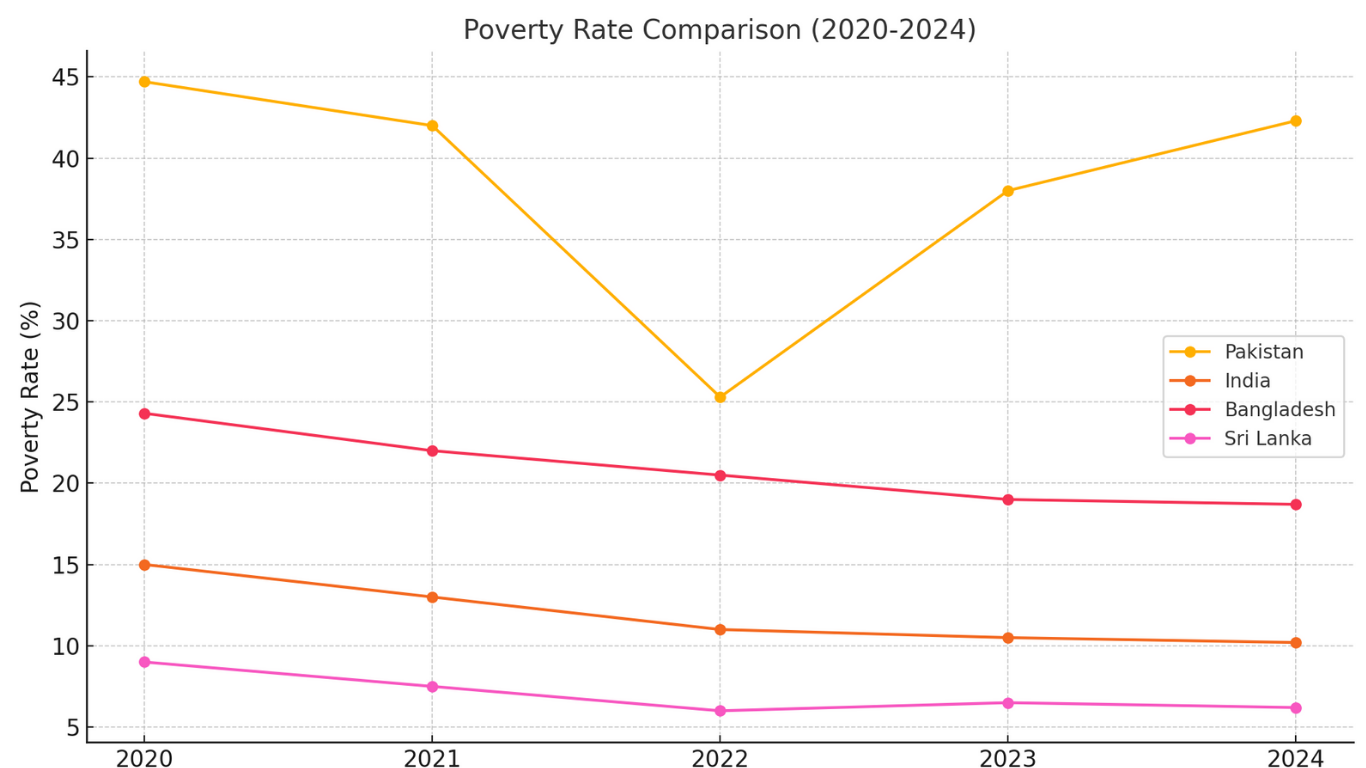

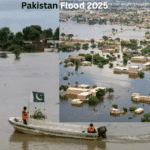
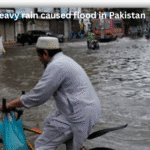



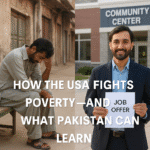
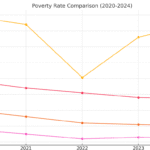


1 thought on “Alarming Poverty in Pakistan 2025:”